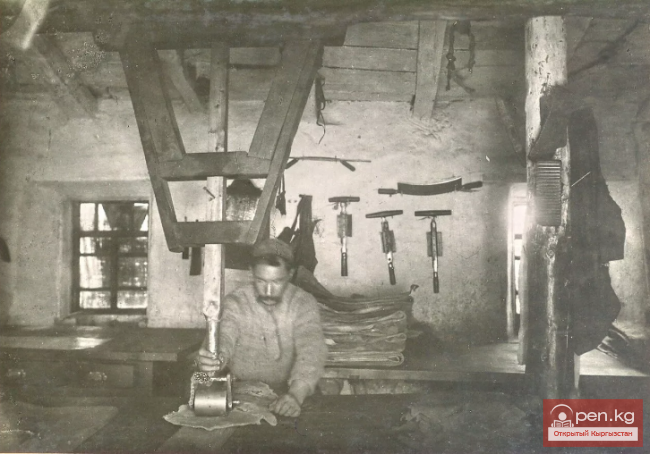
Report on the State of Cultural and Educational Work in the Pishpek District. Document No. 51 (September 1920)
FROM THE REPORT OF THE HEAD OF THE DEPARTMENT OF PUBLIC EDUCATION OF THE PISHPEK DISTRICT SOVIET ON THE STATE OF CULTURAL AND EDUCATIONAL WORK IN THE DISTRICT Pishpek No earlier than September 1, 1920 Currently, the situation is as follows: in the library section, there is a Russian-Muslim library in the city of Pishpek, called the "Central" library, which has a reading room. It is planned to open a bookbinding workshop there for one set, if the necessary materials can be found. The















































